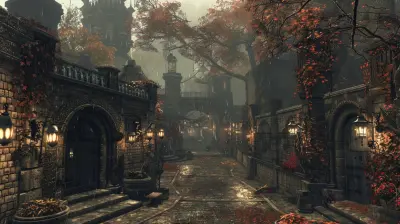How Fantasy Games Have Evolved Combat Mechanics
5 October 2025
Fantasy games have been around for decades, captivating our imaginations with dragons, wizards, mythical creatures, and, of course—epic battles. But if you've been gaming long enough, you've probably noticed something: combat in these games has changed a lot over the years.
From clunky, turn-based battles to real-time sword-swinging chaos and flashy magic duels, the way we fight in fantasy worlds has seen a total glow-up. So, let’s jump into our time-warping portal and trace how fantasy games have evolved combat mechanics—and what made them better, faster, and wildly more fun.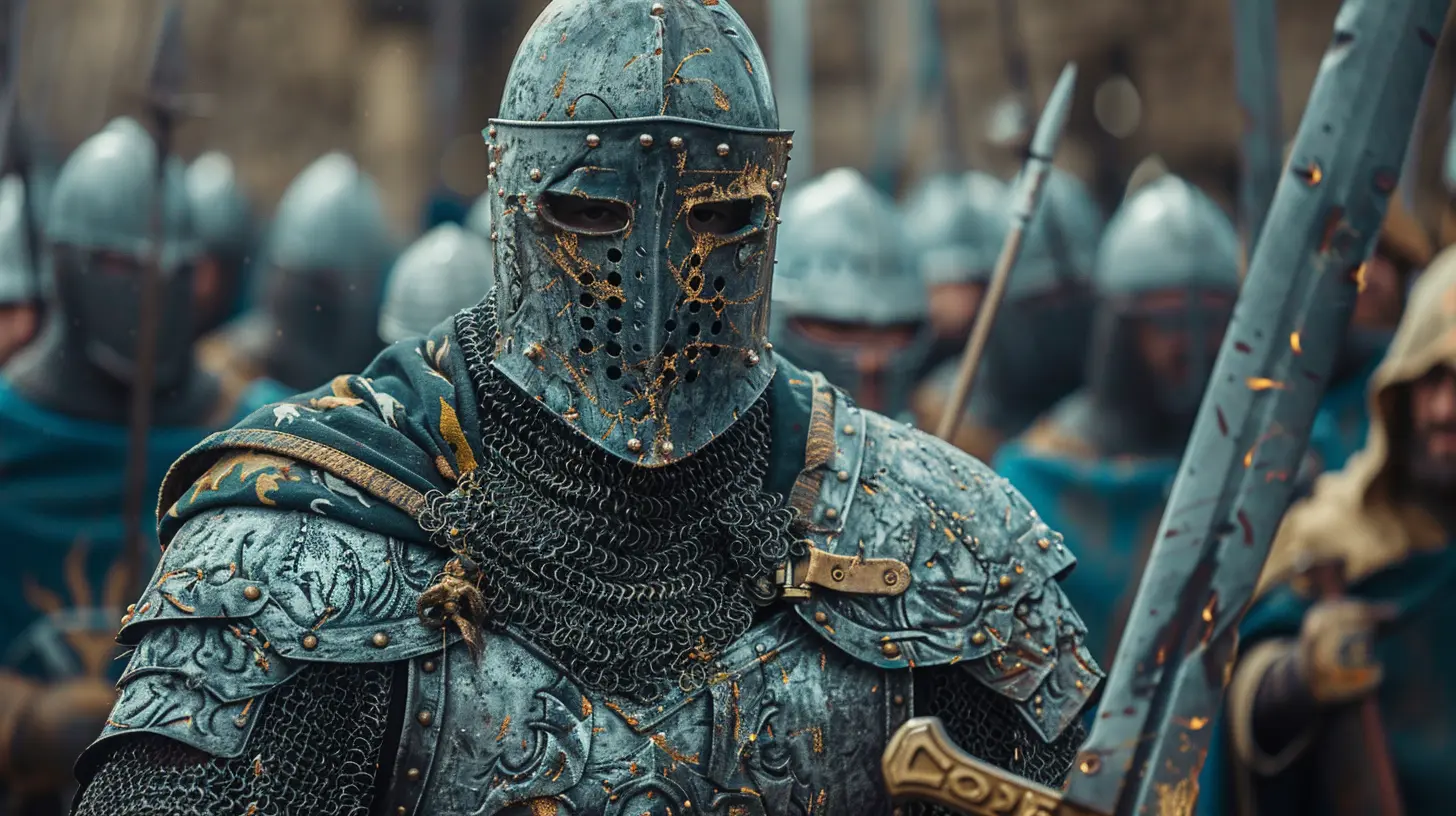
The Pixel-Swinging Days: Combat in Early Fantasy Games
Alright, let's rewind to the '80s and early '90s, the golden era of pixel art, floppy disks, and MIDI music. Back then, combat was a very different beast. Most fantasy games—think the original Final Fantasy, Ultima, or even The Legend of Zelda—offered pretty simple mechanics.Turn-based combat ruled the scene. You’d pick an action like “Attack,” “Magic,” or “Item,” and then the game would take turns between your party and the enemies. It was like playing chess with a wizard—strategic, sure, but not exactly action-packed.
Why was it like this? Well, mostly because of technical limitations. Consoles and PCs just couldn’t handle flashy animations or real-time inputs. But despite the simplicity, these early systems laid the groundwork for what was to come.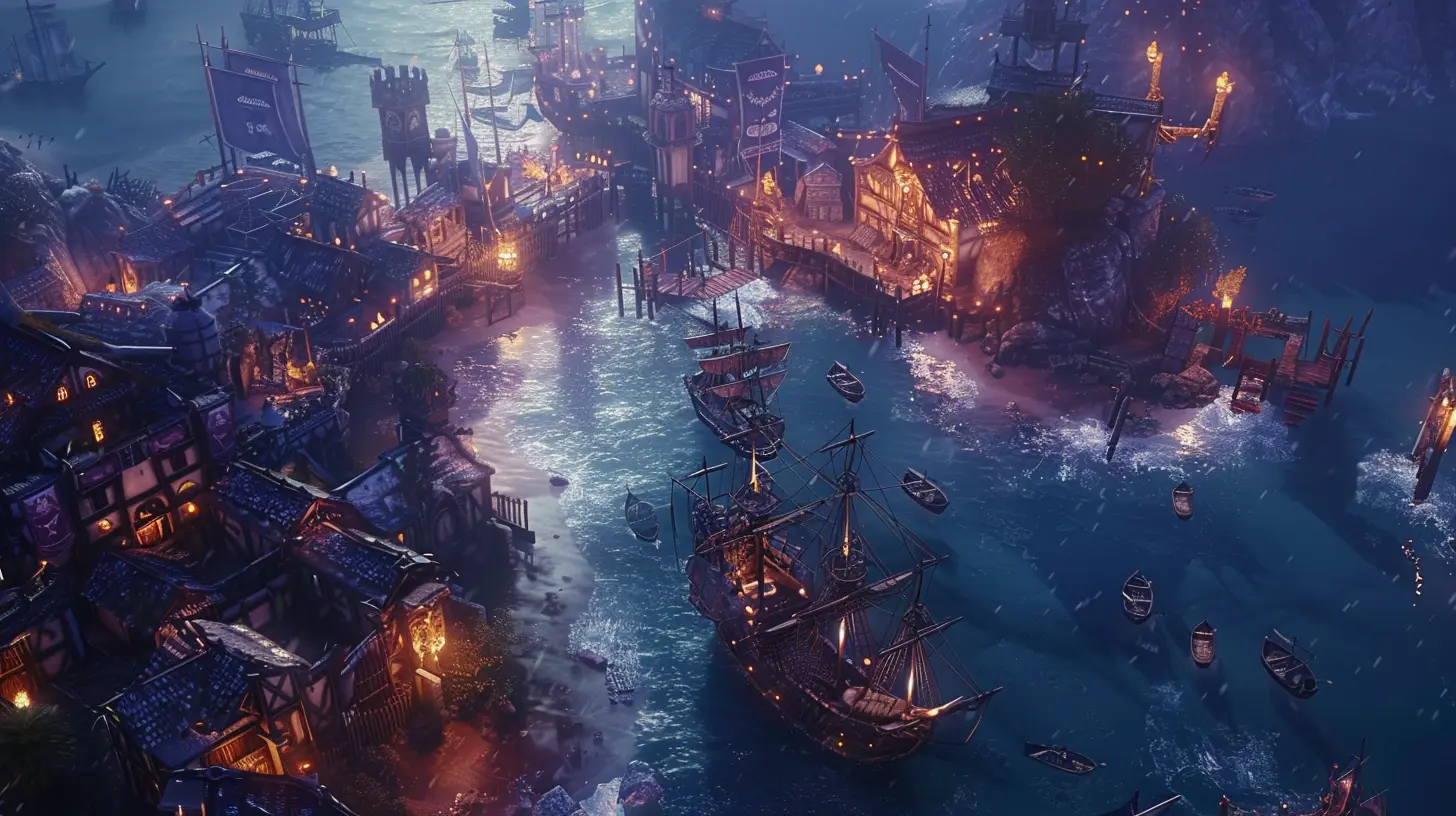
The Rise of Real-Time Combat
Fast-forward to the late 90s and early 2000s. Thanks to better graphics processors and more powerful consoles, developers could finally let players jump straight into the action.Games like The Elder Scrolls III: Morrowind or Kingdom Hearts brought real-time combat to the fantasy genre. Players weren’t just clicking menus anymore—they were dodging attacks, swinging swords, and casting spells in real-time. It was like stepping into your favorite fantasy novel and swinging the sword yourself.
This shift was a game-changer (pun totally intended). Combat wasn’t just something you watched play out—it became something you controlled, moment to moment. Timing, positioning, and reflexes started to matter just as much as the gear and spells you brought into a fight.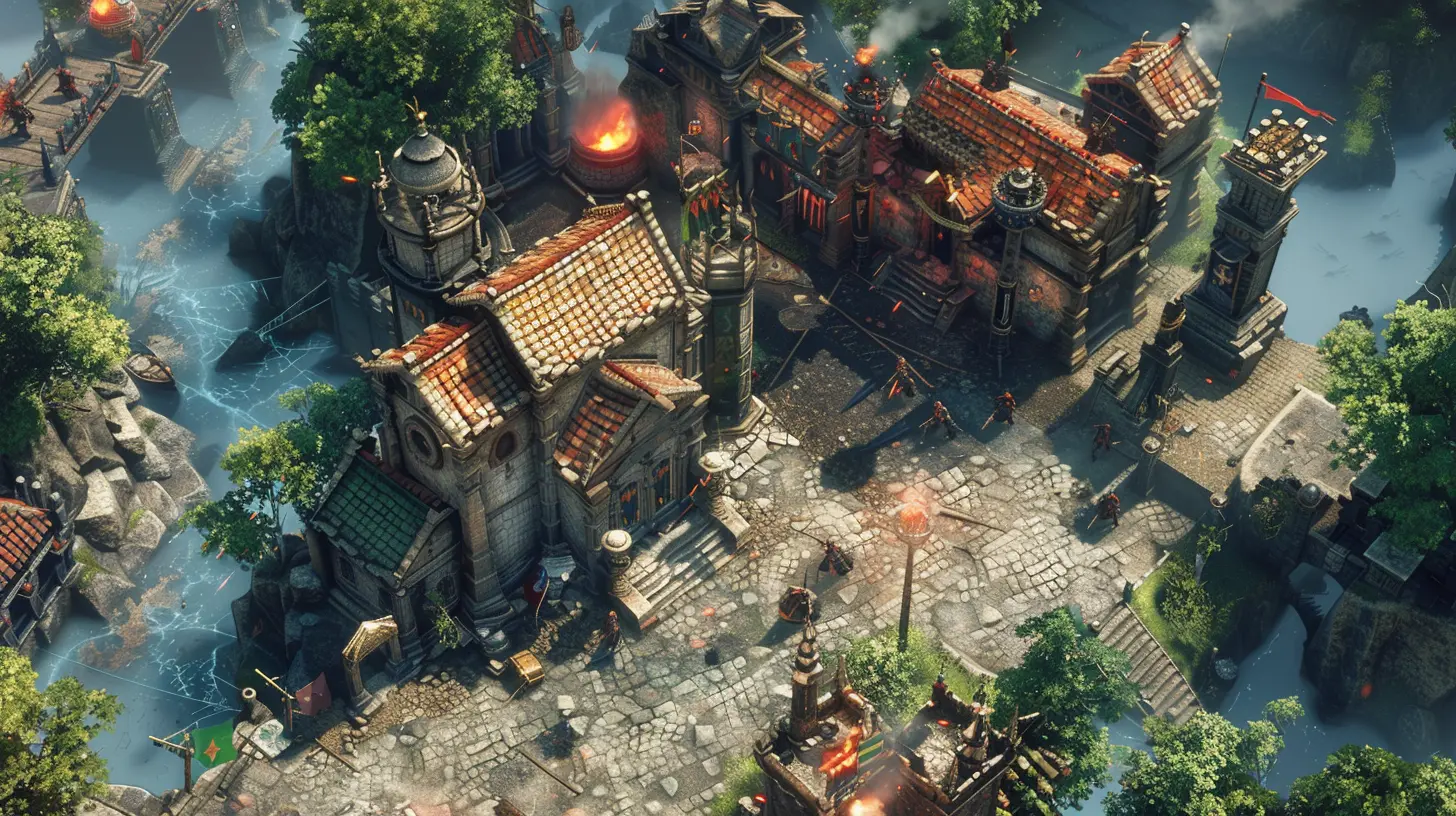
Magic Gets a Makeover
Let’s take a second to talk about magic. I mean, what’s a fantasy game without some fireballs and lightning bolts, right?In the early days, magic was often treated like a gun with limited ammo. You had a set number of spell slots or mana points, and once you cast your spells—boom—you were out. Then it was back to poking goblins with a stick.
But modern games have transformed spellcasting into an art form. Just look at Divinity: Original Sin 2 or Dragon Age: Inquisition. Spells interact with the environment now—electricity zaps through water, fire reacts with oil, and ice spells freeze entire battlefields. It’s like chess, meets science, meets total mayhem.
These days, using magic in combat feels powerful, strategic, and yes—absolutely satisfying.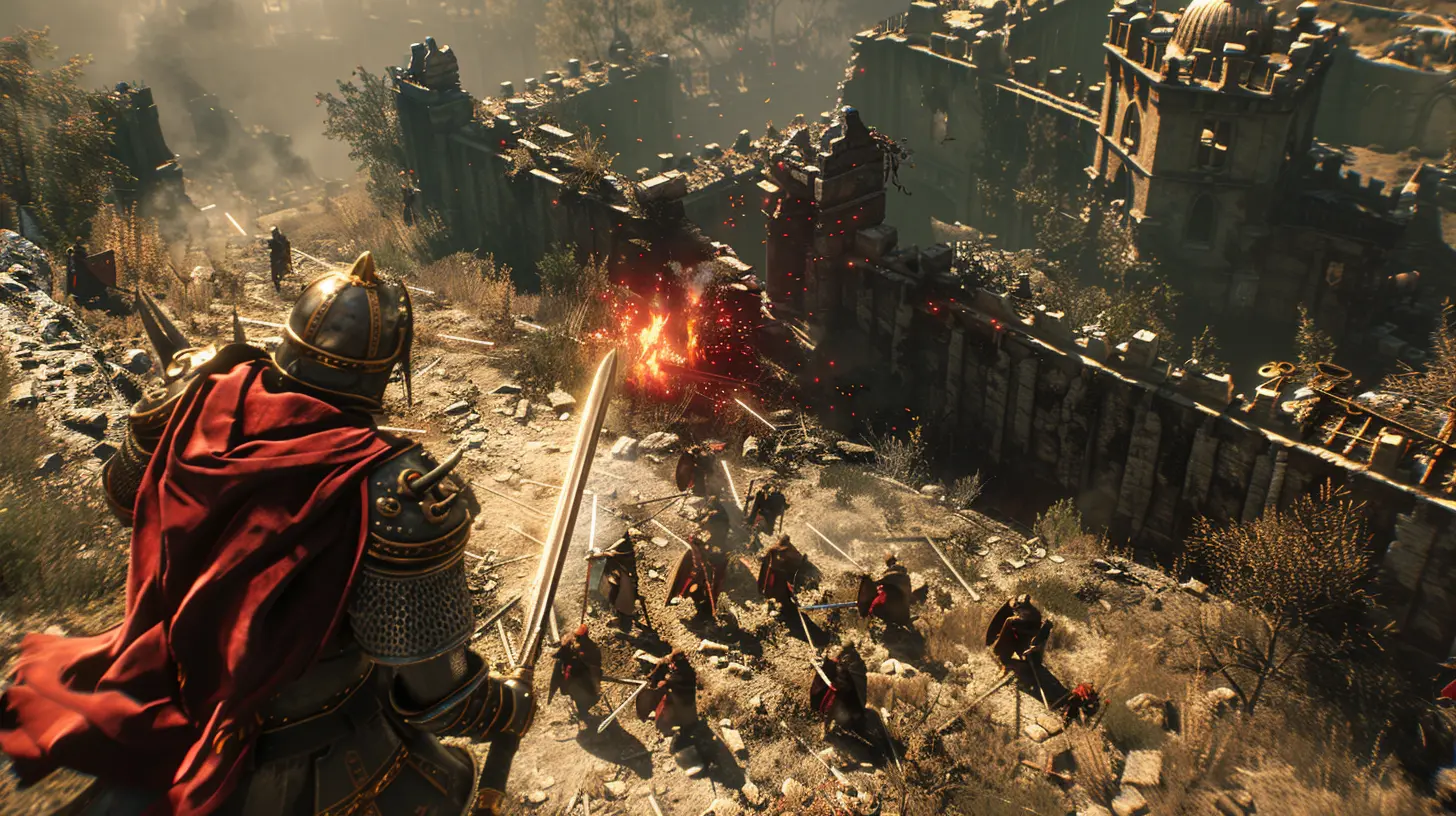
From Button Mashing to Skill-Based Combat
Let’s be real. There was a time when combat pretty much meant hitting the same button 400 times and hoping for the best. That worked for a while, but gamers wanted more challenge, more depth.Cue the rise of skill-based mechanics.
Games like Dark Souls, Elden Ring, and The Witcher 3 upped the ante. Combat became punishing—but fair. Rolling, parrying, perfect dodging… suddenly it was less about how high your numbers were and more about how good you were in the moment.
This shift made combat feel more personal. You weren't just controlling a character—you became the hero. Every fight felt like a duel to the death, and every victory? Oh-so-sweet.
Tactical Combat and Team Synergy
Not everyone wants to go full action-hero, though. Many fantasy games leaned into tactical and strategic combat instead.These games—like XCOM, Baldur’s Gate, or Pillars of Eternity—let you control an entire party. Combat is often paused or turn-based. You’re not just swinging a sword—you’re playing 4D chess with undead skeletons and fire-breathing ogres.
And the beauty? Synergy. One teammate sets the battlefield on fire, another rogue dashes in for a backstab, and the healer throws down a bubble of protection. It’s all about combos, planning, and working together.
This depth brought a whole new layer to fantasy combat, and fans of strategy-based mechanics can now enjoy thoughtful, deliberate gameplay with all the fantasy flavor.
Procedural Enemies and AI Smarts
Once upon a time, enemies in fantasy games were as dumb as rocks. You could kite them, trap them, or stand on a box and shoot arrows until they fell over. Not anymore.Modern titles use complex AI systems to make enemies smarter. They flank, dodge spells, change tactics, and even call for backup. Some games like Shadow of Mordor introduced the legendary Nemesis System, where enemies remember you, evolve, and seek revenge.
This means every battle can be unpredictable, reactive, and refreshingly different each time.
Environmental Combat: Using the World as Your Weapon
Another major evolution in combat mechanics? Making the world part of the fight.Instead of sticking you in a bland square room, fantasy games started throwing in destructible environments, vertical arenas, and interactable objects. Ever kicked a goblin off a cliff in Skyrim? Or dropped a chandelier on unsuspecting enemies in Assassin’s Creed: Valhalla? That’s environmental combat in action.
Games like Breath of the Wild took this to the next level, giving players tools to create their own solutions to battles. See a thunderstorm coming? Toss a metal sword near your enemies and let lightning do your dirty work. It’s creative, chaotic, and incredibly fun.
The Influence of MMORPGs
We can’t talk combat without tipping our hats to MMORPGs—massively multiplayer online role-playing games.Titles like World of Warcraft, Final Fantasy XIV, and Guild Wars 2 brought large-scale, multiplayer combat into the spotlight. Raids, PvP battles, and cooperative dungeon crawls changed how combat worked entirely. Suddenly, it wasn’t just about solo skill—it was about teamwork, communication, and strategy.
These games also introduced new mechanics like aggro, cooldown management, and boss phases, all of which have influenced single-player fantasy games ever since.
The Souls-like Legacy
The "Souls-like" subgenre deserves its own shoutout. Games inspired by Dark Souls have changed the way designers think about fantasy combat.They emphasize:
- Precise timing
- Risk-reward attacks
- Punishing mistakes
- Minimal hand-holding
This style isn't for everyone, but it pushed the bar way higher. Now, even games that aren’t technically Souls-likes borrow elements—like stamina management, invincibility frames, and world-state shifts after boss fights.
Modern-Day Swords & Sorcery: A Beautiful Blend
So where are we today?Modern fantasy games have pretty much taken all these combat elements—real-time action, tactical planning, magical creativity—and mashed them together like the perfect stew in a dwarven tavern.
Games like Elden Ring, Hogwarts Legacy, and Baldur’s Gate 3 show us that we don’t have to choose between flashy combat and deep strategy. We can have both. Want to go in guns-blazing (or spells-blazing)? Do it. Prefer sneaky backstabs and ranged trick shots? That works too.
The best part? Developers are still experimenting. With VR, motion controls, and AI companions becoming more common, we haven’t seen the end of evolution—but rather, just a thrilling next chapter.
What’s Next? The Future of Fantasy Combat
Alright, let’s gaze into our enchanted crystal ball.Where is fantasy combat headed next?
- VR & AR: Imagine physically swinging your sword using motion controls or casting spells with hand gestures. We're not far off.
- Procedural Combat Scenarios: AI-driven logic that adapts every encounter to your playstyle? Yes, please.
- Hybrid Systems: Systems that let players switch between tactical and real-time modes mid-battle? Already happening in some games.
The future looks magical—and deadly.
Final Thoughts: Why All This Evolution Matters
Combat is more than just hitting things until they stop moving. It’s how we interact with the fantasy world, how we experience danger, thrill, and triumph. The evolution of these mechanics has made us more than just players—we’re strategists, warriors, spellcasters, and heroes in our own right.Whether you're a fan of intense real-time battles or careful, chess-like planning, there’s a fantasy game out there that’s tailored to your playstyle. And as games continue to grow, so too will the ways we fight our digital dragons.
So, grab your weapon of choice, gear up, and get ready—because the next big leap in fantasy combat is just around the corner.
all images in this post were generated using AI tools
Category:
Fantasy GamesAuthor:

Stephanie Abbott
Discussion
rate this article
1 comments
Gwen Thompson
Ah, the evolution of combat mechanics in fantasy games! From clunky sword swings that resembled a dance-off to smooth combos that make your fingers feel like they’re auditioning for a superhero movie. Who knew slaying dragons could be this stylish? Bring on the epic showdowns!
October 5, 2025 at 3:08 AM

Stephanie Abbott
Absolutely! It's fascinating to see how far we've come in making combat not just functional but truly cinematic. Stylish mechanics really enhance the epic feel of battling dragons!
